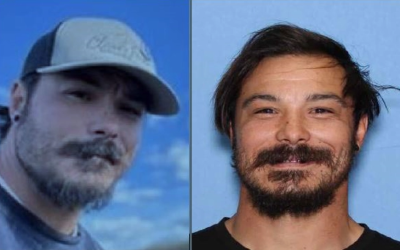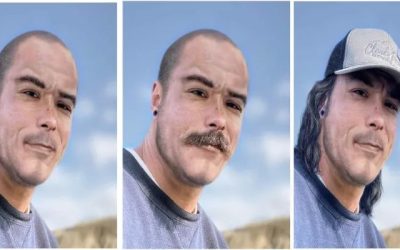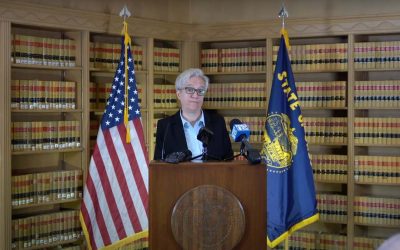In 1968 or 1969, a teenage girl who attended Grant High School in NE Portland went missing, and up until now police had not been able to find any definitive evidence about her disappearance. However, thanks to the cooperation of several state, federal, and private agencies, the remains of Sandra Young, who vanished over half a decade ago, have now been identified and her family can finally find closure.
Dr. Nici Vance, who’s the Human Identification Program Coordinator at the Oregon State Medical Examiner’s Office, issued a news release on February 22nd stating they had positively identified the skeletal remains of a woman who had been found by a Boy Scout leader back in 1970. At the time of the discovery, investigators were not able to identify the remains that were found on the northern shore of Sauvie Island, only that they belonged to an Black woman and that marks on the bones seemed to indicate foul play. With no leads or further evidence to go on, the bones were sent to the medical examiner facility and it took until just last year for real progress on identification to be made.

For a few years now, the state has been using a new form of DNA technology thanks to a 2018 grant from the National Institute of Justice. The grant partnered the state with the private lab, Parabon NanoLabs, that equipped the medical examiner’s office with DNA Phenotyping and Investigative Genetic Genealogy technology. It was thought that these 1970 remains would be the perfect opportunity to see the technology in action, but it wasn’t until January of 2023 that any real headway was made.
A woman had uploaded her DNA into an open-source genetic genealogy database and it was flagged as being a potential distant family member to the unidentified remains. As more family members were contacted and started uploading their own DNA, the connection grew stronger and stronger. Finally, Young’s sister was able to upload her DNA data into GEDMatch which confirmed the remains really did belong to Sandra Young.
Cutting edge DNA technology like this is inspiring and can offer so much to families who haven’t had answers for years, but it doesn't come cheap. It’s estimated that each case like can cost upwards of $10,000 to see through to the end. Hopefully, successes like this will become common as the technology improves and the DNA databases grow, and more families like Young’s can finally get the peace they deserve.













